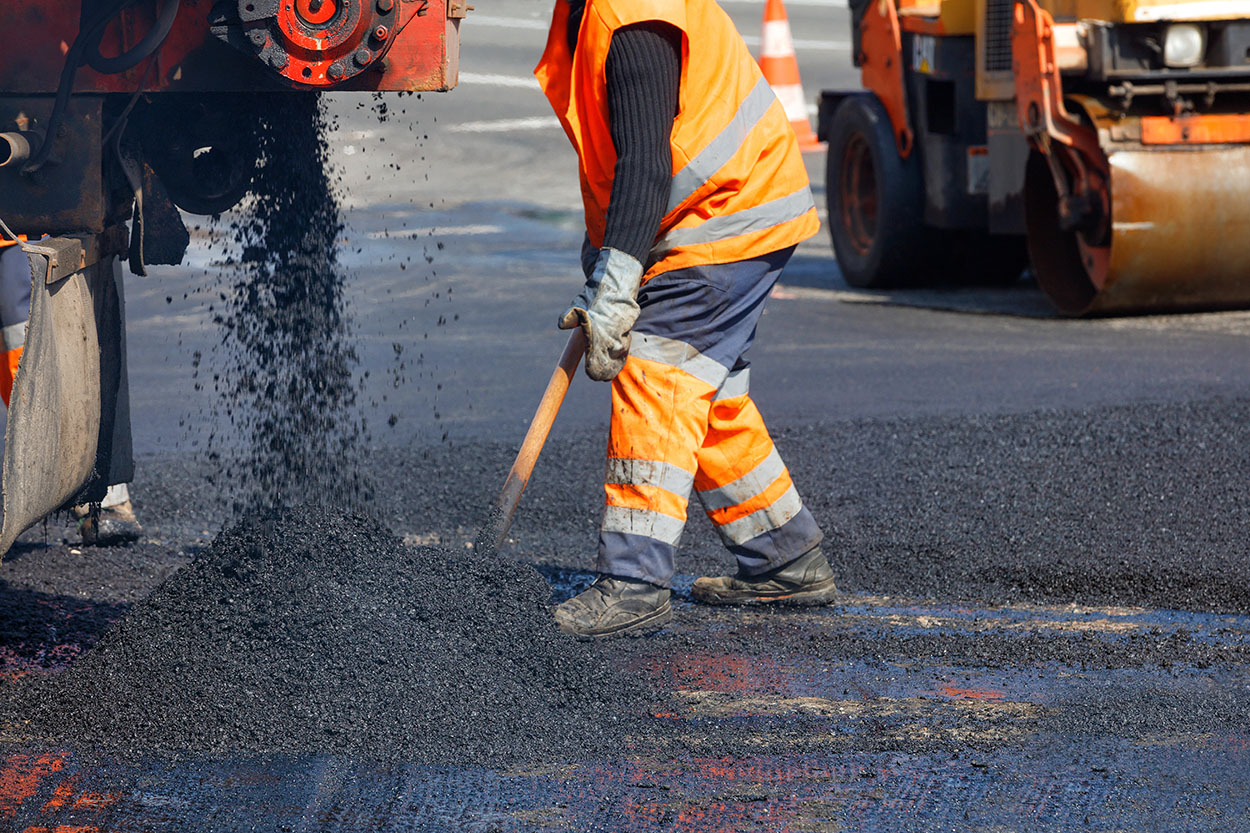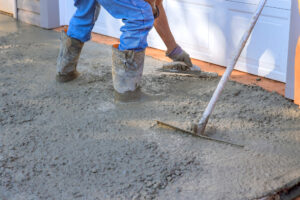
Exploring the latest innovations in asphalt paving technology
The way paving is done has been significantly transformed by advancements in technology. While most highway mileage is in rural areas, urban roads and bridges bear the brunt of traffic congestion, resulting in greater wear and tear. The responsibility for building and maintaining roads and bridges lies primarily with state and local governments, who have recognized the need for improvements in their operations.
A pivotal moment came in 1984 with the release of the Strategic Transportation Research Study (STRS) report by the Transportation Research Board. This report called for significant changes in pavement mix formulations and paving technology, laying the groundwork for the transformation of the paving industry over the past few decades.
One notable change has been the shift from conventional mix designs to performance-related Superpave binder mix designs in the asphalt industry. These new designs are more durable and can withstand the stresses of modern-day road use. Additionally, advancements in lab and field mix-testing equipment have allowed for better decision-making in pavement mix design and improved long-term asphalt performance. The recycling of reclaimed asphalt pavement and other waste materials has also gained traction, benefiting both the environment and cost-effectiveness.
Concrete paving has also seen significant advances, particularly in the field of admixtures, which have led to the development of high-performance concretes. More efficient batching techniques and equipment have improved the quality of concrete mixes and enabled automatic adjustments. Intelligent equipment incorporating GPS trackers and IoT sensors allows for predictive maintenance and improved production cycles.
Paving equipment technologies have played a crucial role in shaping the future of the industry. Telematics, process monitoring systems, 3D paving control technology, thermal mapping, and intelligent compaction have all contributed to faster, smarter, and safer work processes.
Thermal mapping uses infrared cameras and satellite systems to monitor asphalt surface temperatures in real-time. This enables contractors to identify variations and optimize the plant-to-paver delivery process, resulting in more uniform lay-down temperatures. Intelligent compaction, on the other hand, involves vibratory rollers equipped with integrated measurement systems, onboard computers, and GPS mapping. This technology reduces costs and improves pavement performance by providing real-time information on pass count, stiffness, and temperature.
Oscillatory vibration systems combine vibration and oscillation techniques to accommodate different project requirements. They offer advantages in terms of compaction efficiency and reduced damage to surrounding structures. Inset paving machines are cost-effective and precise, allowing for the production of large-scale concrete pavements. Offset paving machines are used for specialized concrete roadway forms, such as protective walls and curbs. Texture curing machines streamline the texturing and curing process, increasing efficiency and accuracy. Placer spreaders control the amount of concrete poured to the slipform paver, ensuring uniformity. Slipform pavers, through continuous pouring and homogenous compaction, minimize defects and expedite the surfacing process. Finally, stringless concrete paving eliminates the need for physical guidance systems, reducing costs and increasing maneuverability.
The advantages of these technologies over older methods are numerous. Thermal imaging ensures paving is done at the correct temperature, leading to better quality and longer-lasting roads. Intelligent compaction improves compaction uniformity, eliminating guesswork and reducing human error. Oscillatory vibration systems minimize transmitted vibration and enable better longitudinal evenness. Texture curing machines accelerate the tining and curing process while maintaining accuracy. Placer spreaders improve the efficiency and uniformity of concrete pouring. Slipform pavers offer faster surfacing, cost savings, and improved quality. Stringless paving technology enhances convenience, reduces bumps, and decreases project duration.
The development of paving materials has also been aided by technology. Gathering data on pavement mix formulations, failures, and performance under different conditions has resulted in improved mixes and increased durability. Equipment technology has played a crucial role in reducing project duration, fuel consumption, labor hours, and enhancing overall productivity, efficiency, and safety on job sites.
In conclusion, technology has revolutionized the paving industry, enabling the production of environmentally friendly and adaptable paving materials. Advancements in equipment technology and paving methods have led to more efficient, durable, and cost-effective road and bridge construction. The industry continues to evolve, embracing innovative solutions to meet the demands of a changing transportation landscape.





